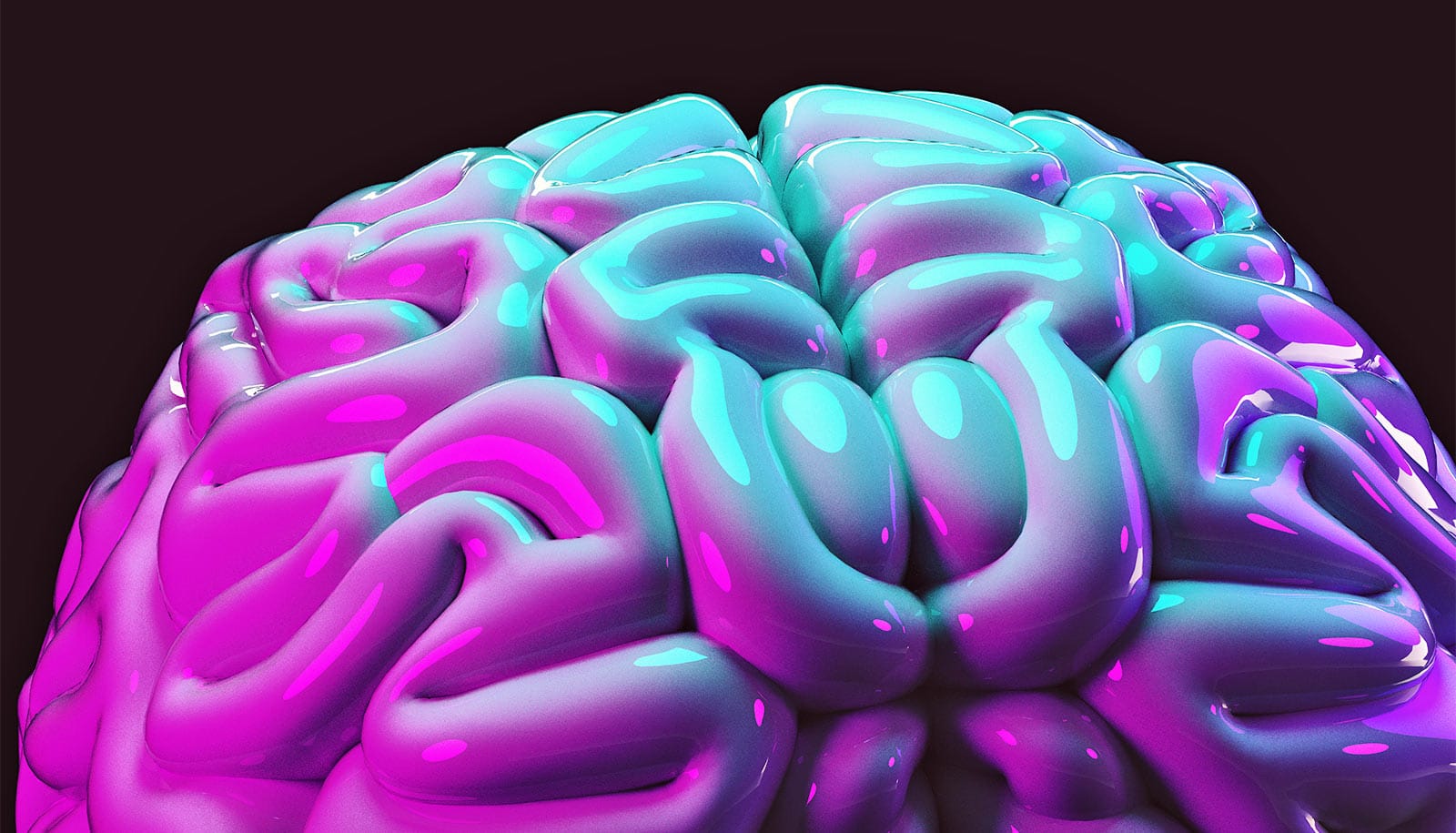Despite conventional wisdom that suggests otherwise, women are no better than men in their ability to recognize faces and categorize facial expressions.
For a new study researchers used behavioral tests, as well as neuroimaging, to investigate whether there is an influence of biological sex on facial recognition.
“There has been common lore in the behavioral literature that women do better than men in many types of face-processing tasks, such as face recognition and detecting and categorizing facial expressions, although, when you look in the empirical literature, the findings are not so clear cut,” says Suzy Scherf, assistant professor of psychology and neuroscience at Penn State.
“I went into this work fully expecting to see an effect of biological sex on the part of the observer in facial recognition—and we did not find any. And we looked really hard.”
Facial recognition is one of the most important skills people use to navigate social interactions—and is also a key motivation for certain types of behavior.
“A lot of what we do is dictated by the information we get from faces.”
“Within 30 milliseconds of looking at a face, you can figure out the age, the sex, whether you know the person or not, whether the person is trustworthy, whether they’re competent, attractive, warm, caring—we can make categorizations on faces that fast,” Scherf says.
“And some of that is highly coordinated with our behavioral decisions of what we are going to do following those attributions and decisions. For example, Do I want to vote for this person? Do I want to have a conversation with this person? Where do I fit in the status hierarchy? A lot of what we do is dictated by the information we get from faces.”
The importance of facial recognition for both sexes underlines the logic of why men and women should have equal facial recognition abilities, Scherf says.
“Faces are just as important for men, you can argue, as they are for women. Men get all the same cues from faces that women do.”
How do you recognize a friend’s face when she’s mad?
Further, there was no evidence of another commonly held belief that women can recognize faces of their own biological sex more easily than the other, also referred to as “own gender bias.”
For the study, published in eNeuro, researchers used a common face recognition task called the Cambridge Face Memory Test, which measures whether a person can identify a male face out of a line up of three faces. They also created their own female version of the memory test. Because of previous concerns of an own gender bias in women, the Cambridge Face Memory Test features only male faces.
“We couldn’t test the own gender bias without a female version of this test,” Scherf says.
In a second test, researchers scanned the brains of participants in an MRI machine while the subjects watched a series of short video clips of unfamiliar faces, famous faces, common objects, and navigational scenes, such as a clip of the Earth from outer space; and in a separate task as they recognized specific faces.
After the tests, the scans of neural activity happening in areas known for facial recognition—as s well as other types of visual recognition—were statistically identical for both men and women.
Participants were carefully selected for the study because certain conditions can affect facial recognition.
“In order to enroll someone in our study, we went through a careful screening procedure to make sure that people did not have a history of neurological or psychiatric disorders in themselves, or in their first-degree relatives,” Scherf says. “This is important because in nearly all the affective disorders—depression, anxiety, schizophrenia, bipolar—face processing is disrupted.”
The researchers also screened out participants with concussions, which can disrupt patterns of brain activation and function.
The Social Science Research Institute and the National Science Foundation supported the work.
Source: Penn State



